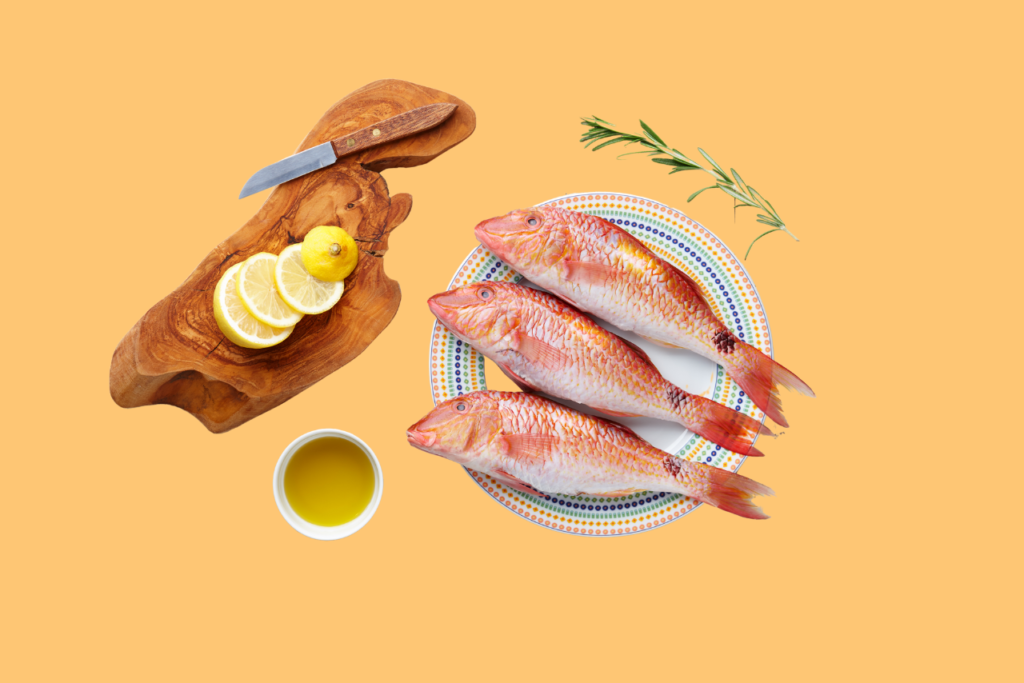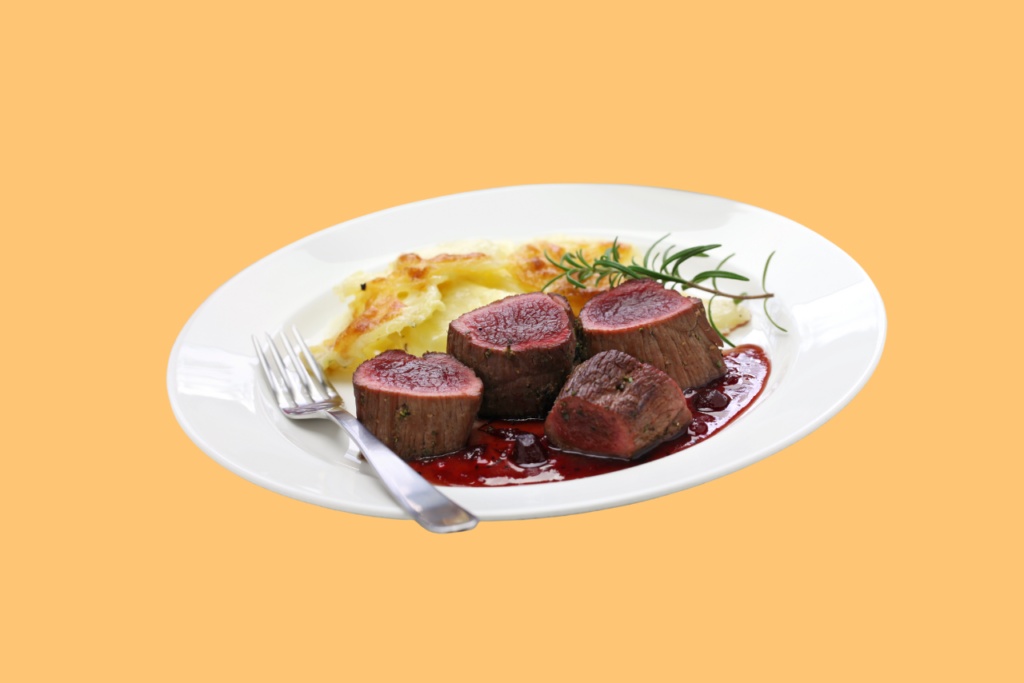Can you feel it? There’s a chill in the air, make no mistake. Can you hear it? Yep, ‘T-shirt weather’ is once again just a song now, not a sartorial suggestion. Can you smell it? Well, I tell you what you can’t detect…suncream. Indeed, it seems like summer, in all its glory, has finally left the building. The kids are back at school, the nights are slowly drawing in and change is in the air.
If you’re looking for reasons to look on the bright side as the days darken, we have one. After months of salads and light, light lunches, September sees the arrival of a whole host of late summer, early autumn ingredients at their freshest and finest. For many, this is the best month for Great British produce. With that in mind, here are 5 seasonal ingredients to cook with in September.
Blackberries
Though you’ve probably been plucking them from the hedgerows for weeks, now is the time for blackberries to truly shine. Slowly but surely the rogue, bitter ones have dissipated, and it’s absolute abundance from here until the end of October.
bThe best picks are generally at the hardest to reach points of the bush; look for a full, glossy exterior which feels plump and just a little bouncy when squeezed. If they’re deflated, the insects have had their wicked way already. Too firm, and expect sharpness on the tongue.
Blackberries are incredibly versatile, working well in both savoury dishes and dessert. Particularly good with apple, combine them in a crumble or pie. Or, make a fruity jus to pair with the gamier meats of the season, like venison or wild duck. They don’t keep long, losing their vitality overnight, but do freeze well.

Red Mullet
Red mullet season is short, direct and to the point, lasting only from August to October. September is when they’re at their most spanking, particularly those from the UK’s southern waters. With a firm, meaty texture to the flesh and pronounced flavour in the skin reminiscent of roast chicken, this is a unique, alluring fish which can hold its own against many strong, assertive flavours. Perhaps this guy is best enjoyed on or under the grill, as the skin crisps beautifully with this dry heat. Pair with fennel, thyme and red pepper for a succinct send off to summer.
Of course, regardless of seasonality, you’ll want to buy your red mullet from a reputable supplier, whether that’s your local fishmonger, who can direct you to what’s freshest, or one of the many fantastic online fish suppliers who supply some of the UK’s top restaurants and expanded their operations over lockdown to offer their finest fish to the hungry public, too. Some of favourites in the latter category include Fish For Thought, The Cornish Fishmonger and The Fish Society.

Figs
A ripe fig is a rare treat, as a wise woman once said. The season is short, and finding one at its peak not guaranteed, but when you do, the temptation to scoff it there and then is hard to resist. These guys don’t ripen after picking, so it’s a take-me-as-you-find-me situation when shopping. Be ruthless; elbow other fig fanatics out the way when you stumble across the good stuff. And that’s unbroken skin, plump but soft, with a vibrant colour. If they smell faintly sour, they’re past their best.
Figs work brilliantly with cheese, either raw or cooked down into a jam, with a drizzle of honey and scattered with some toasted nuts. Add a little cured ham to the mix, some leaves and you’re in salad heaven.

Runner Beans
Those who grow runner beans will know that by early September you’ll have a glut on your hands. But what a delicious glut it is; tender yet crunchy, and exploding with a juicy, sweet freshness. Though they generally keep for a few days in the fridge, runners are best eaten as soon after picking as possible, as the sugars start turning to starch soon after.
Runner beans are best enjoyed al dente; the small ones can be eaten whole while the larger should be sliced on the diagonal. Pair them with lamb in a light, late summer roast, or stir fried with mustard seeds and garlic as a side dish to a curry.
Read: 6 different ways to cooking vegetables expertly
Venison
Summer, you say? For those who’ve had enough of the blazing sunshine, shorts and sandals, then the start of venison season will bring reassurance; an indication that the nights are getting colder, the meals heartier and the plates darker from here on in.
Venison is a lean meat with low fat and high protein content, and represents a really healthy alternative to beef, with a complex, deep flavour. Look for animals which have been hung for between ten and 21 days, to allow the meat to tenderise through the process of natural enzymes breaking down tissue.

Because of that lack of fat, it’s vital to compensate with a gentle marinade prior to cooking, to cook it gently, and serve it rare and hot. Cold venison simply doesn’t work. Pair with root vegetables soon to emerge, like celeriac, and darker fruits, like the aforementioned blackberries.
September is also the start of lamb’s second wind; check out our 7 IDEAL steps to the perfect rack here.





